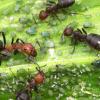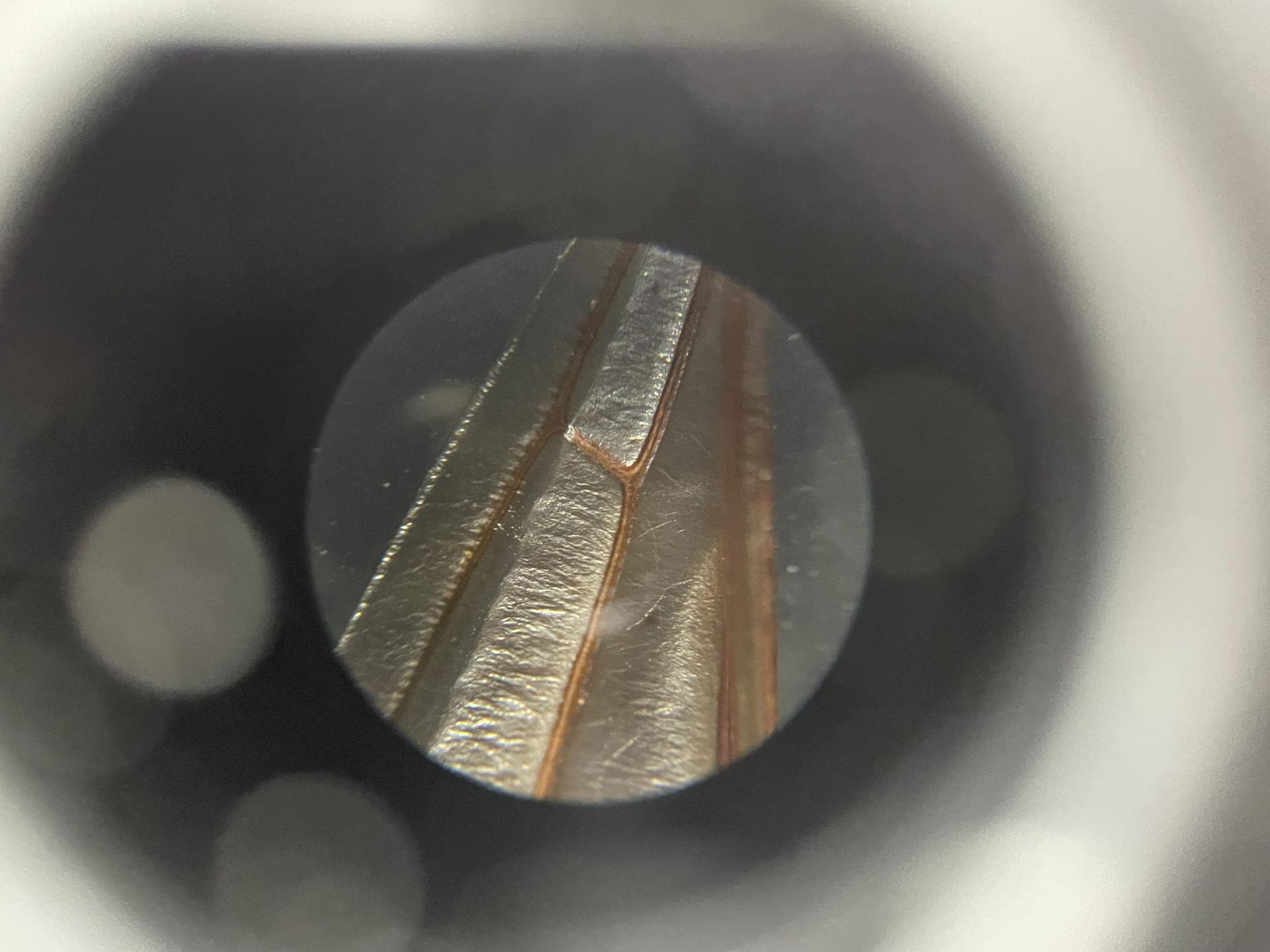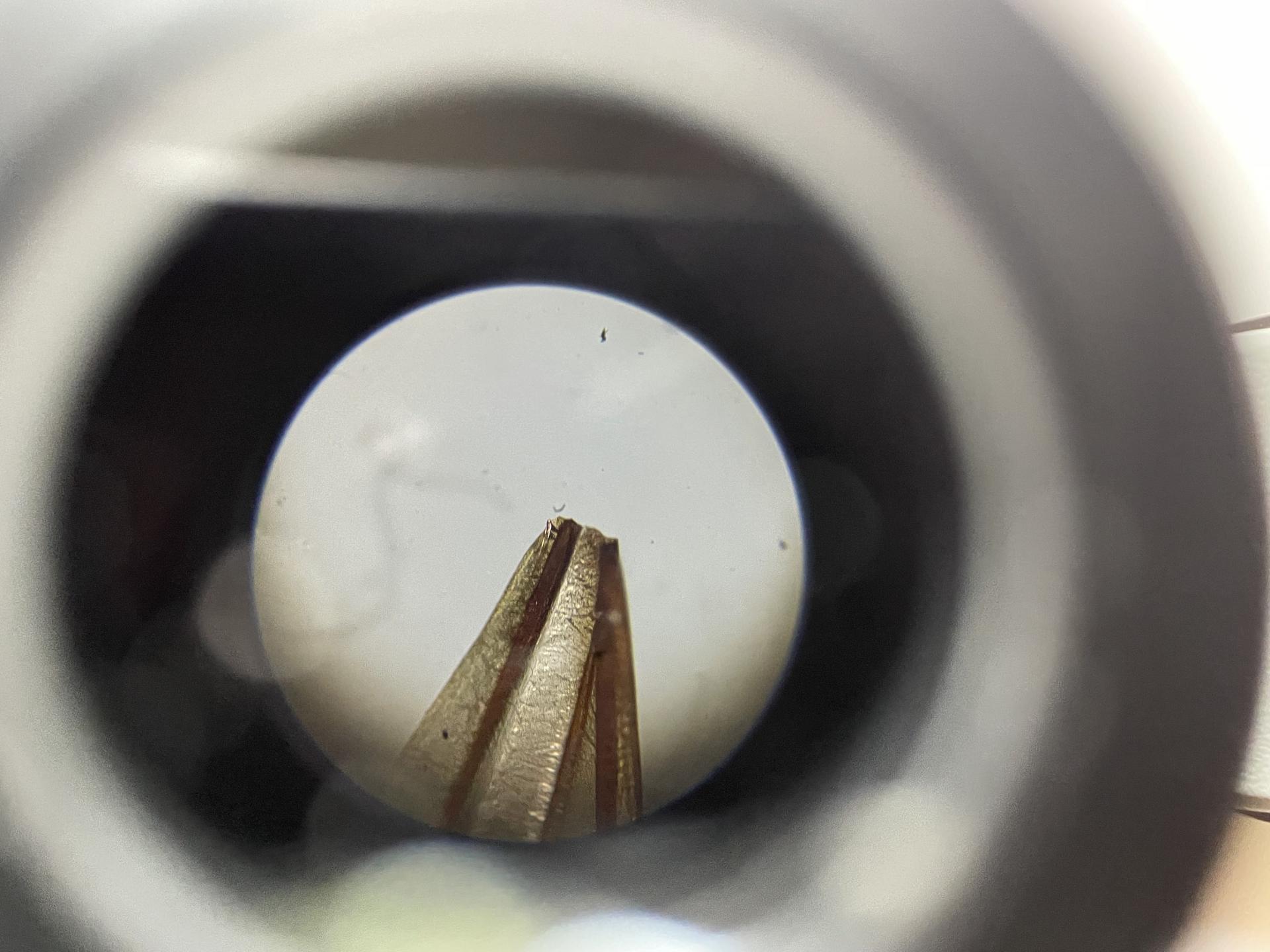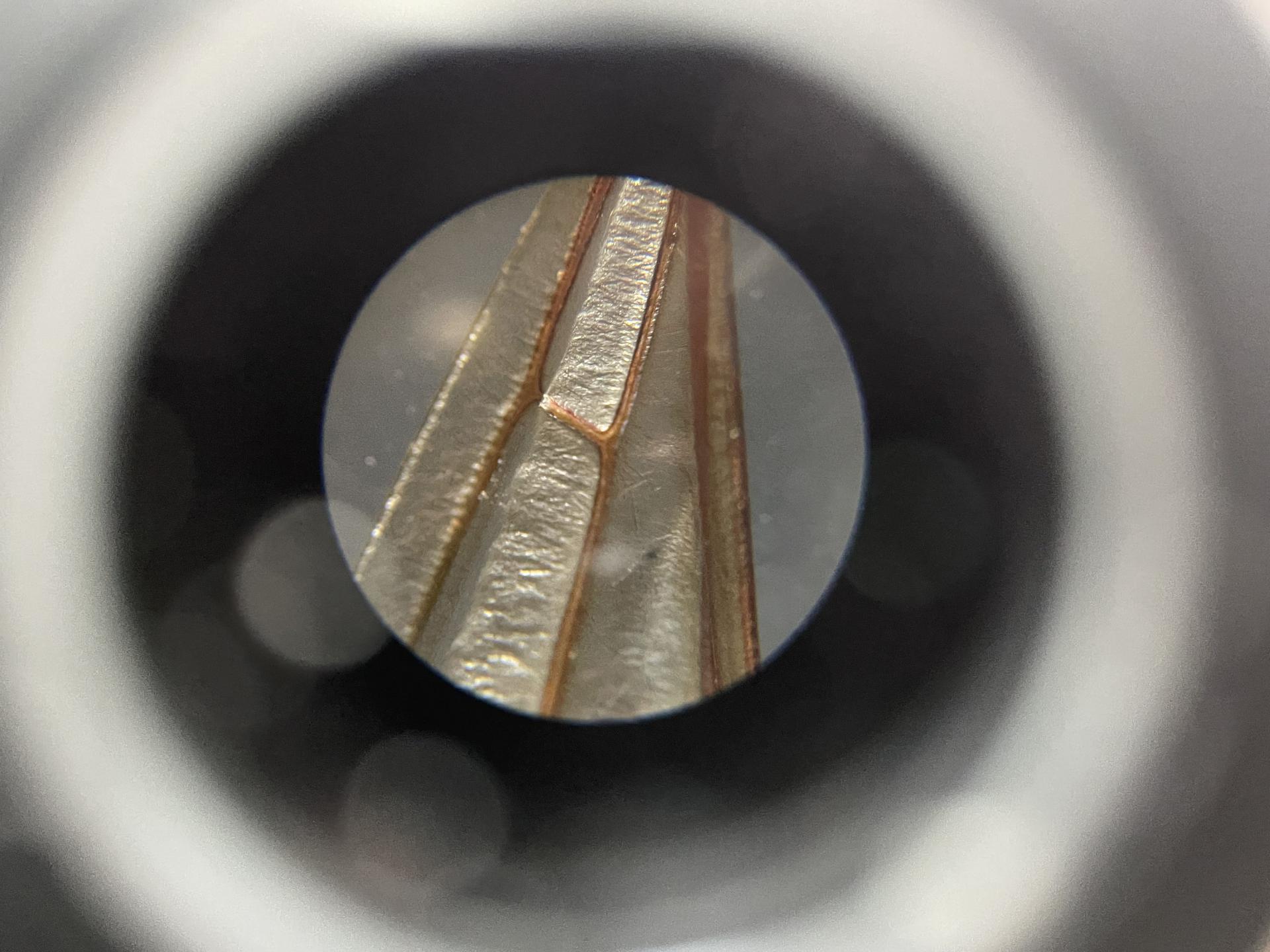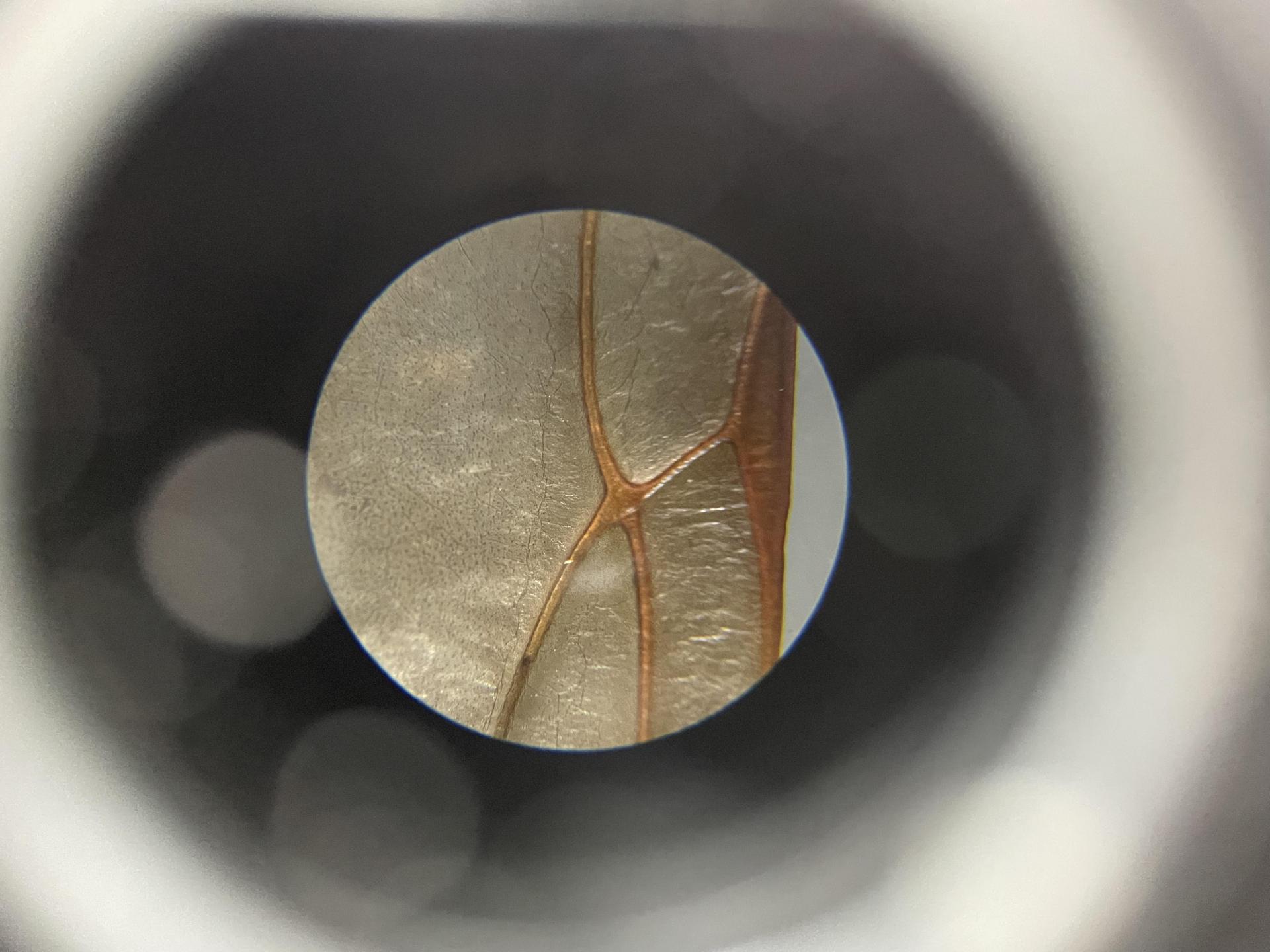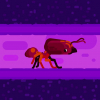My Camponotus Modoc queen bit off her wings as I placed her in a collection tube, and so after I moved her into her test tube, (she since played a bunch of eggs) I had some of her wings available. I took her largest, outer wing, and viewed under my microscope. Some pretty cool pictures! I also noticed that this species' wings did not have spines, unlike Tetramorium, which I have observed last year, before joining this forum.
In this photo I turned off the backlight in order to accent some of the shadows the wing casts, in order to give it more depth.
You can see here where the queen bit off her wings, the uneven shape caused by her serrated mandibles.
These two photos show the veins inside the wings, now dried due to their time being without flowing hemolymph. I've always wondered what holds the wings in shape despite the stress of flight, and I can see that the brownish structures are charged with that job.


